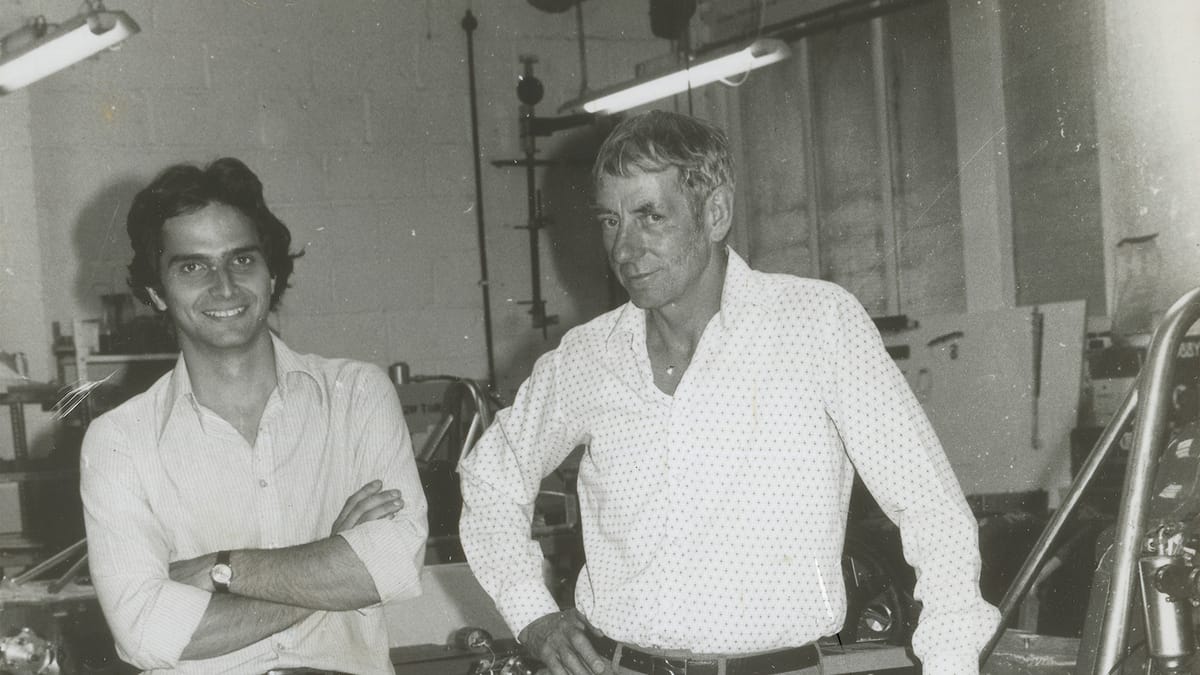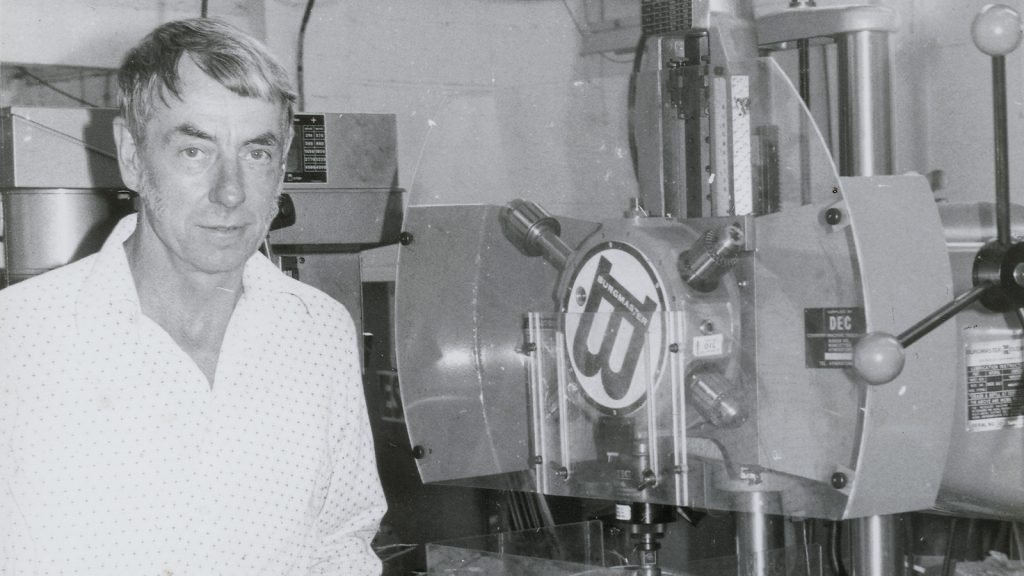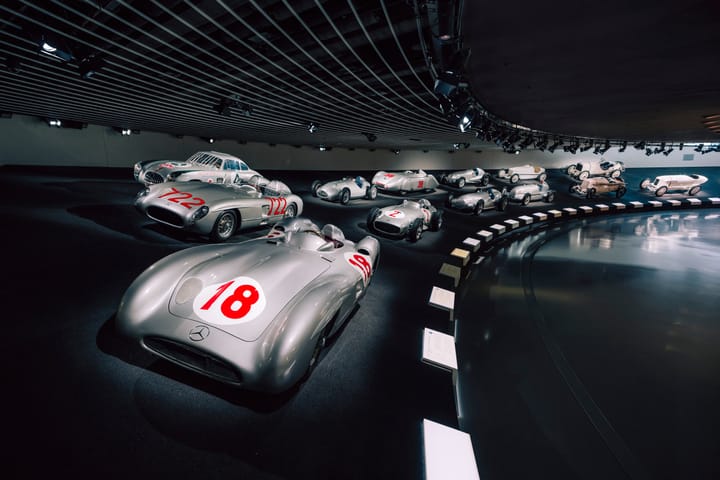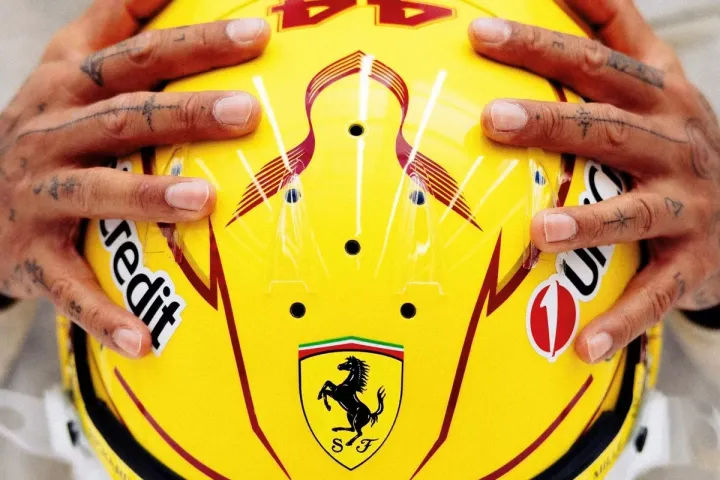Brabham F1 Partner Is Gone

The man who drove Jack Brabham to the top of Formula One has died.
Ron Tauranac passed away at his home on the Sunshine Coast at the age of 95 after one of the longest and most-distinguished careers of any Australian in motorsport.
His contribution will always be marked by the BT name on all of Brabham’s racing cars, signifying Brabham-Tauranac.
The legendary designer and engineer was also successful with the Ralt single-seater marque after splitting from Brabham.
His contribution as an Australia is reflected in the Order of Australia award he received in 2002 and his place in the Motorsport Australia Hall of Fame, an honour that came in 2017, for his contribution to design and engineering.
Tauranac was born in Britain in 1925 and became active in motorsport after World War II with his brother Austin, and it’s their initials which were used in the early days of Ralt racing cars – Ron and Austin Lewis Tauranac.
But he starred when he joined forces with Brabham, initially handling engineering work by remote control from Australia but then when he returned to the UK and helped set up the Motor Racing Developments company that would become the backbone of Brabham’s F1 team and its production of a wide range of racing cars.
It was the Tauranac-designed BT19 with its Australian Repco engine that took Brabham to his world championship in 1966.
Tauranac left school at 14 and applied for an apprenticeship as a draughtsman with the Commonwealth Aircraft Corporation, while also making money building surfboards.
At 18, in 1943, he joined the Royal Australian Air Force and began training in Tiger Moths, before being sent to Canada to fly Harvards.
When the war ended he worked in a number of engineering companies and raised enough money to buy himself an Austin Seven. He didn’t have the money to buy a competitive racing car and so decided to build the first Ralt, which was powered by a Norton 500cc engine, and began competing in hillclimbs in 1950.
It was through his racing that he met Jack Brabham the following year. The two men hit it off and stayed in touch when Brabham went to Europe to race Coopers in 1955.
Tauranac continued to build his Ralts, while working as an engineer with Quality Castings in Sydney, and in 1960 Brabham invited him to England to work at Jack Brabham Motors in Chessington. The long-term plan was always to start building racing cars but Tauranac began fitting Climax engines into Triumph Herald chassis.
Brabham and Tauranac set up Motor Racing Developments Ltd. (MRD) and Tauranac designed an MRD Formula Junior. These began to do well and became known as Brabhams, with the designation BT for Brabham Tauranac.
The first Formula 1 car – the BT3 – came in 1962 and the team’s first win came in the non-championship Solitude Grand Prix in 1963. In this period Brabham became the world’s largest racing car manufacturer, building cars for a wide range of championships including F1, F2 , F3, Formula 5000 and even for the Indy 500.
Dan Gurney gave the team its first World Championship F1 successes by winning the French and Mexican Grands Prix in 1964 and there were further victories in non-championship races for Brabham customers.
Brabham became a true world championship contender with the change to new 3-litre engine regulations in 1966, and the boss took his third world title that year as his New Zealand team mate Denny Hulme repeated the success in 1967.
Brabham retired as a driver in 1970 and went home to Australia, selling MRD to Tauranac, but after just one season on his own Tauranac sold Brabham to Bernie Ecclestone.
He remained in England for a while, designing the Trojan Formula 5000 car and re-designing Frank Williams’s Politoys chassis, before heading back to Australia.
But after just a year at home he returned to racing cars and revived the Ralt name, designing the RT1 Formula 3 car for Larry Perkins in a new workshop in Woking.The first big Ralt victory came in 1975 when Larry Perkins won the Monza Lotteria Formula 3 race and went on to win the European Formula 3 Championship.
In the years that followed, Ralt began to dominate in Formula 3, winning a string of titles with drivers such as Derek Warwick and Nelson Piquet, while an F2 version of the car was successful in the hands of Eddie Cheever.
Tauranac designed an F1 car for Theodore in the same era and Keke Rosberg drove it to victory in the wet in the non-championship International Trophy but generally the car was not competitive.
In 1979 Tauranac produced the Ralt RT2 for Formula 2 and the RT3 for Formula 3. The F2 cars were used by Toleman and were soon winning races, while the RT3 became the dominant Formula 3 car across Europe, winning five consecutive British F3 titles in the hands of Stefan Johansson, Jonathan Palmer, Tommy Byrne, Ayrton Senna and Johnny Dumfries.
Ralt then began a partnership with Honda in Formula 2 and Ralt Racing won the European Formula 2 titles in 1981, 1984 and 1985. Ralt was less successful when Formula 3000 replaced Formula 2 but success continued in Formula 3 with the RT30. Buy competition from Reynard and others became intense and Ralt began to struggle and at the end of 1988 Tauranac sold the business to the March Group and went back to Australia for a second time, at the age of 63. He remained active as an engineering consultant for the rest of his days, keeping a close eye on the racing world, but remaining low key and not in the least but interested in publicity.
In late 1988, Tauranac sold Ralt to the March Group, scaling back his involvement in customer racing.
There were however a string of other projects he became involved in, with Honda and a stint as a contractor with Arrows Formula 1 team in 1997 where he was drafted in to help solve reliability issues. In his latter years, Tauranac returned to Australia where he lived in Sydney’s eastern suburbs before moving to the Sunshine Coast in 2018 to be closer to his family.





